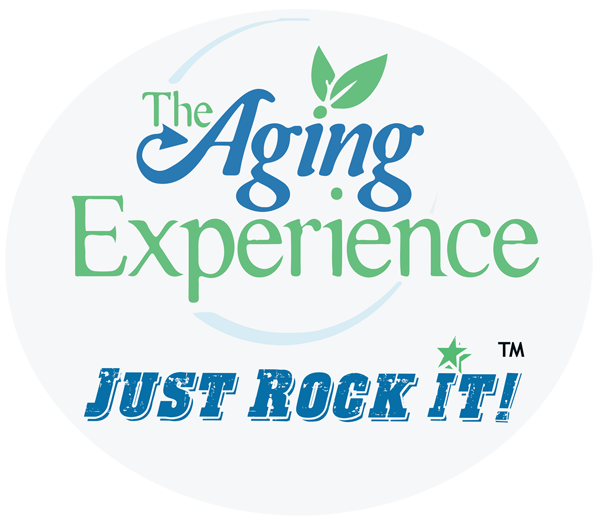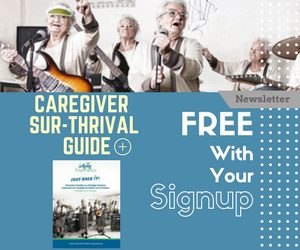Technology is nothing. What's important is that you have a faith in people, that they're basically good and smart, and if you give them tools, they'll do wonderful things with them.
Steve JobsGenetic Testing – Do You Want to Know?
As you sit around the Thanksgiving table, an interesting conversation you might entertain is whether you would like your genes analyzed for $99 to see if there is some hereditary disposition you might have for disease thanks to those relatives you’re sitting with around the table. Genetic testing costs are coming down. But do you want to know what’s in store? 23andMe, Inc. is a privately-held company dedicated to helping individuals understand their own genetic information using recent advances in DNA analysis technologies and web-based interactive tools. 23andMe enables individuals to gain deeper insights into personal ancestry, genealogy and inherited traits. 23andMe was founded in April 2006 by Linda Avey, Paul Cusenza, and Anne Wojcicki.åÊ The name 23andMe refers to the fact that human DNA is organized into 23 pairs of chromosomes. 23andMe connects individuals to their unique, paired set of 23 chromosomes.
- 23andMe has more than 400,000 genotyped customers.
- To date, the company has collected more than 200 million phenotypic data points (individual survey responses).
- On an average week the company collects approximately two million new survey responses from our active online research community.
I came across them in an article in Fast Company that poses some interesting ethical dilemmas. The author, after some convincing, had her adopted daughter’s genes tested. Here is what she found out.åÊ “And there it is, screaming out at me from my computer screen. My daughter, who is learning to read and tie her shoes, has two copies of the APOE-4 variant, the strongest genetic risk factor for Alzheimer’s. According to her 23andå_Me results, she has a 55% chance of contracting the disease between the ages of 65 and 79.” Here’s more snippets from the article. “In 2008, Congress passed the Genetic Information Nondiscrimination Act (GINA), which makes it illegal for health insurers and employers to hold a person’s genetic information against her. (YET) The confines of GINA don’t yet extend to long-term-care insurance. Several states have banned the discriminatory use of genetic information in all areas, but there is not yet any sweeping federal protection.”åÊ The article suggests that “a long-term-care insurance company might in the future ask a potential customer if she had genetic testing, and if the results linked her to a higher risk for Alzheimer’s disease.” According to the article, upon learning of their APOE-4 status, people are six times more likely to alter their long-term-care insurance. Don Taylor, an associate professor of public policy at Duke who has published research on the implications of genetic testing and insurance in Health Affairs, predicts that our current long-term-care insurance system is about to break. “They’re losing their shirts,” he says, pointing to the fact that Genworth temporarily stopped selling new policies completely in its biggest market, California. “Whatever we have now is not going to come close to existing when your daughter is old enough to buy it.” But nobody yet knows what might replace it. So there you have it. All kind of issues from privacy to would you want to know to the implications for buying insurance or even having insurance. Read the article then tell me what you think.åÊ åÊ
Holiday Perfect Time to Have End of Life Conversation (Really!)
 Ninety percent of Americans know they should have a conversation about what they want at the end of life yet only 30 percent have done so, according to a national survey by The Conversation Project that found that 9 in 10 Americans want to discuss their loved onesÛª and their own end-of-life care, but only approximately 3 in 10 have actually had these conversations. Holidays are the perfect time to have end of life conversations. So punch up the eggnog and think about these issues. This season is the best time to talk about these issues because it is one of the few times all family members gather together. Eldercare Locator launched its 11th Annual Home for the Holidays campaign to encourage families to take time this holiday season to discuss critical end-of-life issues with their loved ones. The campaign, which includes the release of a new guide that covers everything from how to initiate conversations to the right questions to ask about health, legal, financial and end-of-life issues, is available for download at www.n4a.org and www.eldercare.gov. The new guide prepares families for the conversation, offering helpful tips and topics for consideration.åÊ Topics include all things health and legal related, such as lists of doctors, health conditions, medical records, durable power of attorney, trusts, advance directives, wills and how to research and locate important financial documents. End-of-life topics for discussion include naming one person to make final decisions, values and ideals around quality of life and care and the types of medical treatment that may be available. To learn more about community resources that may be of assistance to older adults, get connected with your local agency by visiting www.eldercare.gov or calling 800.677.1116. To learn more about The Conversation Project visit theconversationproject.org.
Ninety percent of Americans know they should have a conversation about what they want at the end of life yet only 30 percent have done so, according to a national survey by The Conversation Project that found that 9 in 10 Americans want to discuss their loved onesÛª and their own end-of-life care, but only approximately 3 in 10 have actually had these conversations. Holidays are the perfect time to have end of life conversations. So punch up the eggnog and think about these issues. This season is the best time to talk about these issues because it is one of the few times all family members gather together. Eldercare Locator launched its 11th Annual Home for the Holidays campaign to encourage families to take time this holiday season to discuss critical end-of-life issues with their loved ones. The campaign, which includes the release of a new guide that covers everything from how to initiate conversations to the right questions to ask about health, legal, financial and end-of-life issues, is available for download at www.n4a.org and www.eldercare.gov. The new guide prepares families for the conversation, offering helpful tips and topics for consideration.åÊ Topics include all things health and legal related, such as lists of doctors, health conditions, medical records, durable power of attorney, trusts, advance directives, wills and how to research and locate important financial documents. End-of-life topics for discussion include naming one person to make final decisions, values and ideals around quality of life and care and the types of medical treatment that may be available. To learn more about community resources that may be of assistance to older adults, get connected with your local agency by visiting www.eldercare.gov or calling 800.677.1116. To learn more about The Conversation Project visit theconversationproject.org.
Only Two Percent of Boomers Have Dental Insurance Benefits
Oral Health America has created a web portal, www.toothwisdom.org, a user-friendly online tool that connects older adults and their caregivers with local resources. This website offers reliable oral care information from oral health experts across the country, so readers can learn why itÛªs so important to care for their mouths as they age. This is one of those other elephants in the room of Obamacare. Long-term care financing of course is the other. We are learning more and more about the health impact of poor oral health so pay attention to this. Plan for care and more importantly make that appointment even if you have to pay out of pocket. Your health is at-risk.
Retire at 73. Another Reason Young People Need to Pay Attention to Aging Issues
 |
| This Millenial is the exception. |
The Opportunity Nation, as reported in the Associated Press, reported that almost 6 million young people, almost 15 percent of those aged 16 to 24, are neither in school nor working and 54 percent of college graduates under 25 are unemployed or doing a job that doesn’t require a college degree.
- Succession, the idea that older adults should move aside from high-paying jobs and prominent social roles to make way for younger people
- Identity, the idea that older people should not attempt to act younger than they are
- Consumption, the idea that seniors should not consume so many scarce resources, such as healthcare











